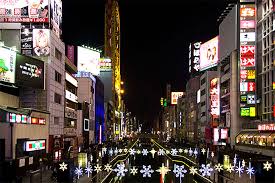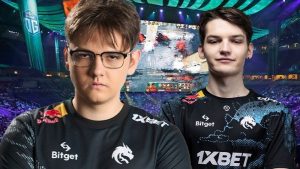Global Market Advisors (GMAe) released the executive summary to a white paper entitled, “White Paper: Japan Integrated Resorts” last Wednesday. The report provides revenue projections for various scenarios and regulatory structures that could emerge after Japan set the framework for legalized integrated resort gambling in the country late last year.
Steve Gallaway, Managing Partner for Global Market Advisors stated in a press released timed to coincide with the ES, “Japan has the potential to be one of the largest gaming markets in the world, generating up to $24.2 billion at six different locations by 2030.”
Although not previously discussed in the public eye, GMA has extrapolated potentials based on the premise that one of the goals of the integrated resort legislation is to increase tourism. In the paper GMA explores the possibility of the government allowing multiple operators to cluster on Yumeshima Island in Osaka, creating what is now conceptually known as the ‘Osaka Strip’.
“Developing the Osaka site, with multiple operators on the ‘Osaka Strip,’ would create critical mass and a true tourist destination. This would compete with Las Vegas, Macau, and Singapore in generating nearly $11.0 billion from that district alone,” said Gallaway.
The full white paper will not be available for download from the consultancy’s site until May 1, 2017. For now, those interested in the Executive Summary can find it available at no cost; executive Summary: White Paper: Japan Integrated Resorts (.PDF).
Of the four scenarios explored, the one that addresses multiple operators in Osaka, with no casinos in Yokohama or elsewhere would generate the least amount of gaming revenue with US$10.9 billion. It is also the scenario with the best balance of tourist and domestic spend at 47% and 53% respectively. The greatest disparity in that ratio would be for casino sites located in Osaka, Yokohama, Sasebo, and Hokkaido wherein 77% of revenues would come from domestic spend.
The analysts stressed that it will be critical to development for the regulatory and RFP structure to not ‘constrain’ operators and that it should remain consistent from creation to final build out. The white paper states: “Operators should be able to design, invest, and build out their facilities based on the market environment and demand. However, a balance must be developed that ensures that once an operator commits to the project through their RFP submission, they should remain consistent from concept to final build out. Any deviations in the scope of the project would need to be approved through its government partner.”
Toyo University’s Kazuaki Sasaki, Ph.D. contributed to the white paper as did Bo Bernhard, Ph.D. The white paper was sponsored by Clairvest and Hard Rock International.
















